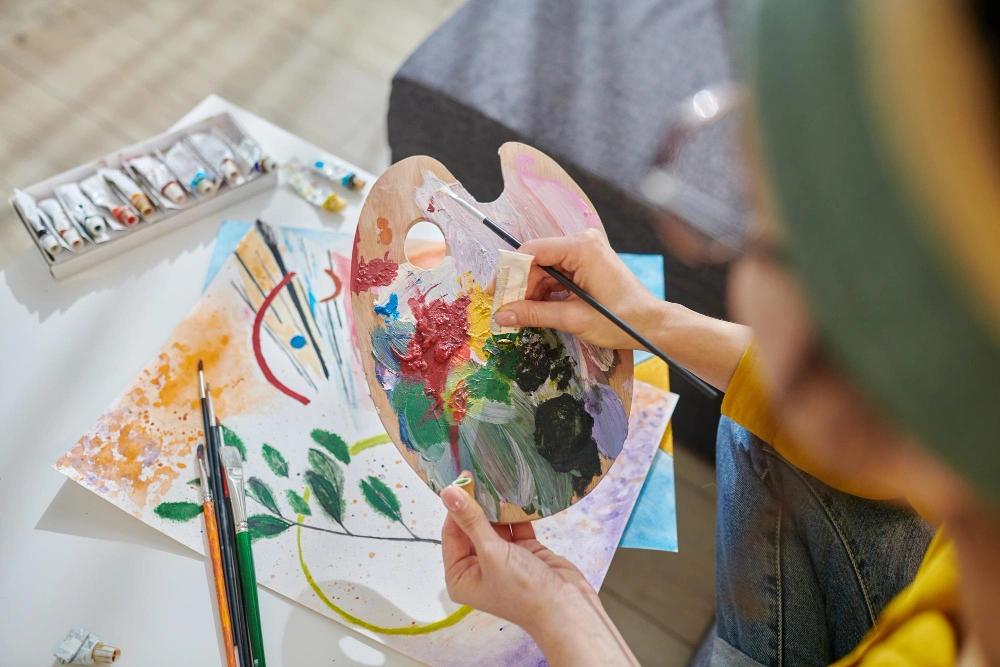
Addiction recovery is a multifaceted journey, one that often requires more than just traditional therapy and medication. Art therapy, an innovative approach, has emerged as a significant adjunct in addiction recovery programs. This article explores the integration of art therapy in addiction treatment, shedding light on its benefits and implementation strategies.
Art therapy is a form of psychotherapy that uses creative mediums like drawing, painting, sculpture, and collage as tools for expression and healing. The American Art Therapy Association highlights its effectiveness in improving cognitive and sensorimotor functions, fostering self-esteem and self-awareness, and promoting emotional resilience.
In art therapy, individuals create art as a way to explore emotions, develop self-awareness, cope with stress, and boost self-esteem. Unlike traditional talk therapies, art therapy provides a non-verbal medium through which individuals can express feelings that might be difficult to verbalize.
Art therapy offers several unique benefits in the context of addiction recovery:
The integration of art therapy into addiction recovery programs involves several key steps:
For art therapy to be effective, it should be facilitated by trained art therapists who understand the complexities of addiction and can guide the therapeutic process.
Activities should be tailored to the needs of the individuals in the program, considering their abilities, interests, and therapeutic goals.
A supportive and non-judgmental environment is essential. This space should encourage freedom of expression and exploration.
Art therapy should be integrated as part of a broader treatment plan that includes traditional therapies, counseling, and medical treatment.
Participants should be encouraged to explore personal themes and experiences through their art, facilitating deeper self-reflection and understanding.
Research underscores the efficacy of art therapy in addiction treatment. A study in the journal "Art Therapy" (2018) found that art therapy can significantly reduce depression and anxiety in individuals with substance use disorders. Furthermore, it aids in developing coping strategies and reducing the likelihood of relapse.
Art therapy represents a transformative approach in the field of addiction recovery. By facilitating self-expression, emotional regulation, and cognitive stimulation, it complements traditional recovery methods, offering a holistic path to healing. As we continue to embrace diverse treatment modalities, integrating art therapy into addiction recovery programs can play a crucial role in supporting individuals on their journey to recovery and wellness.